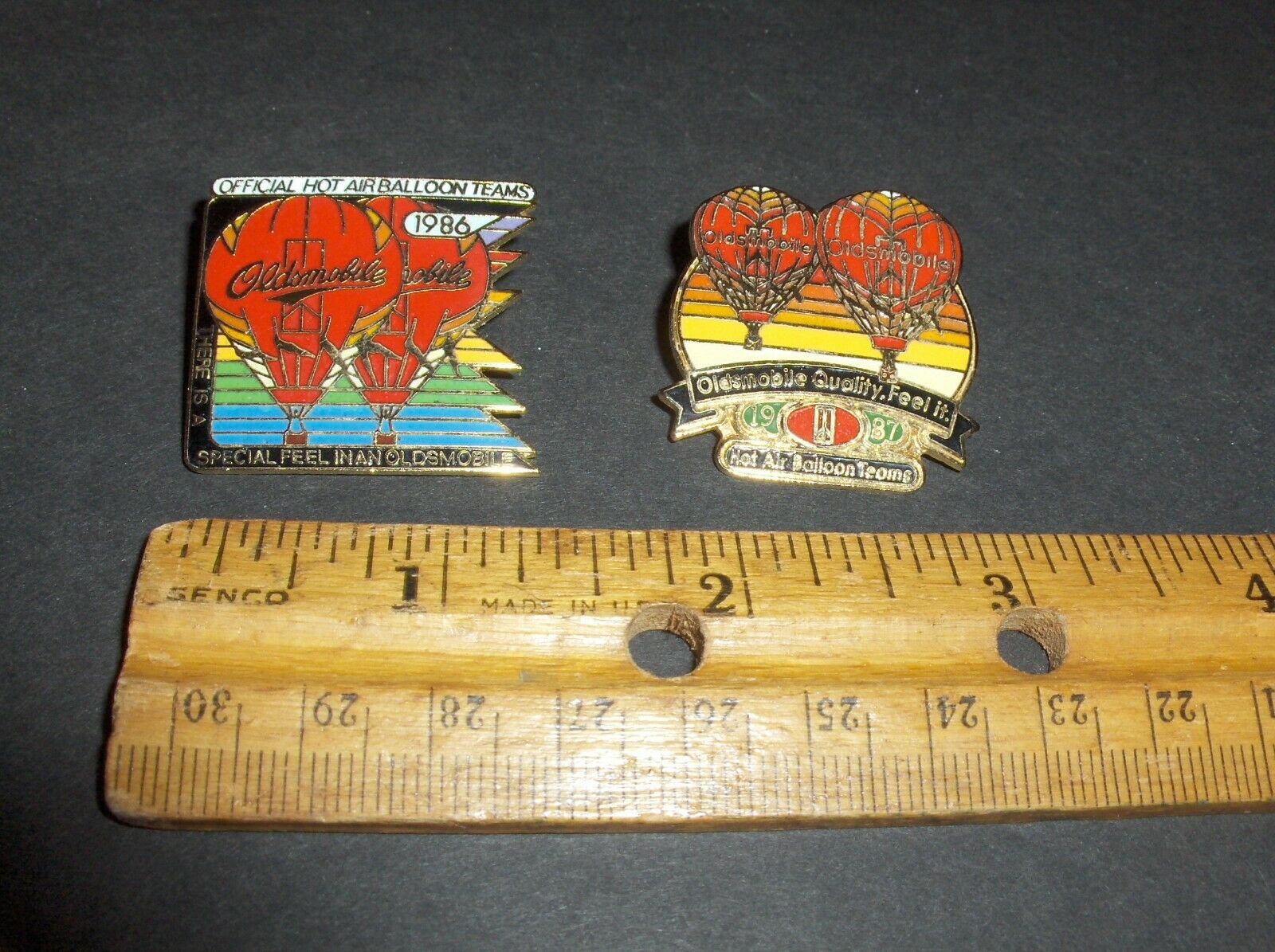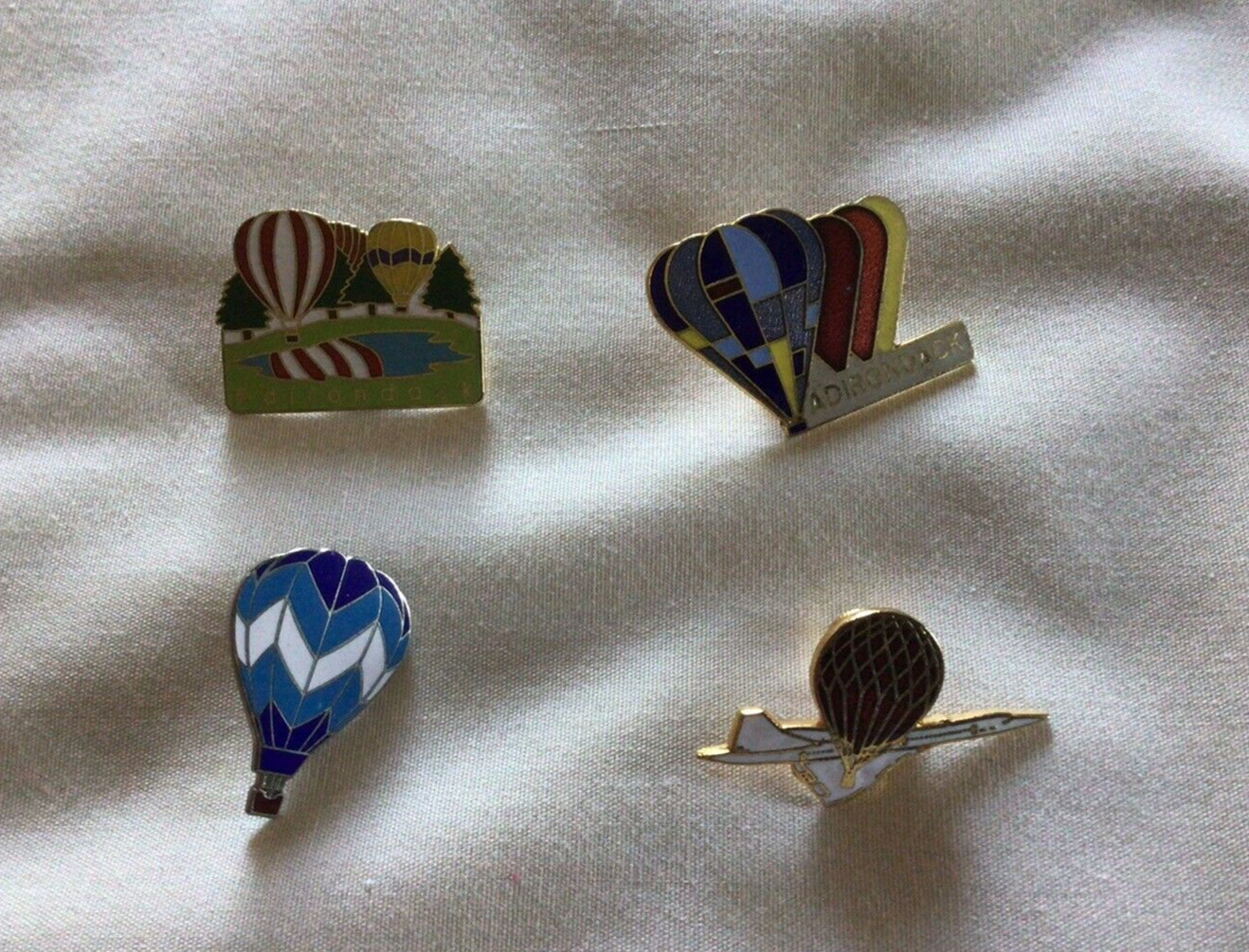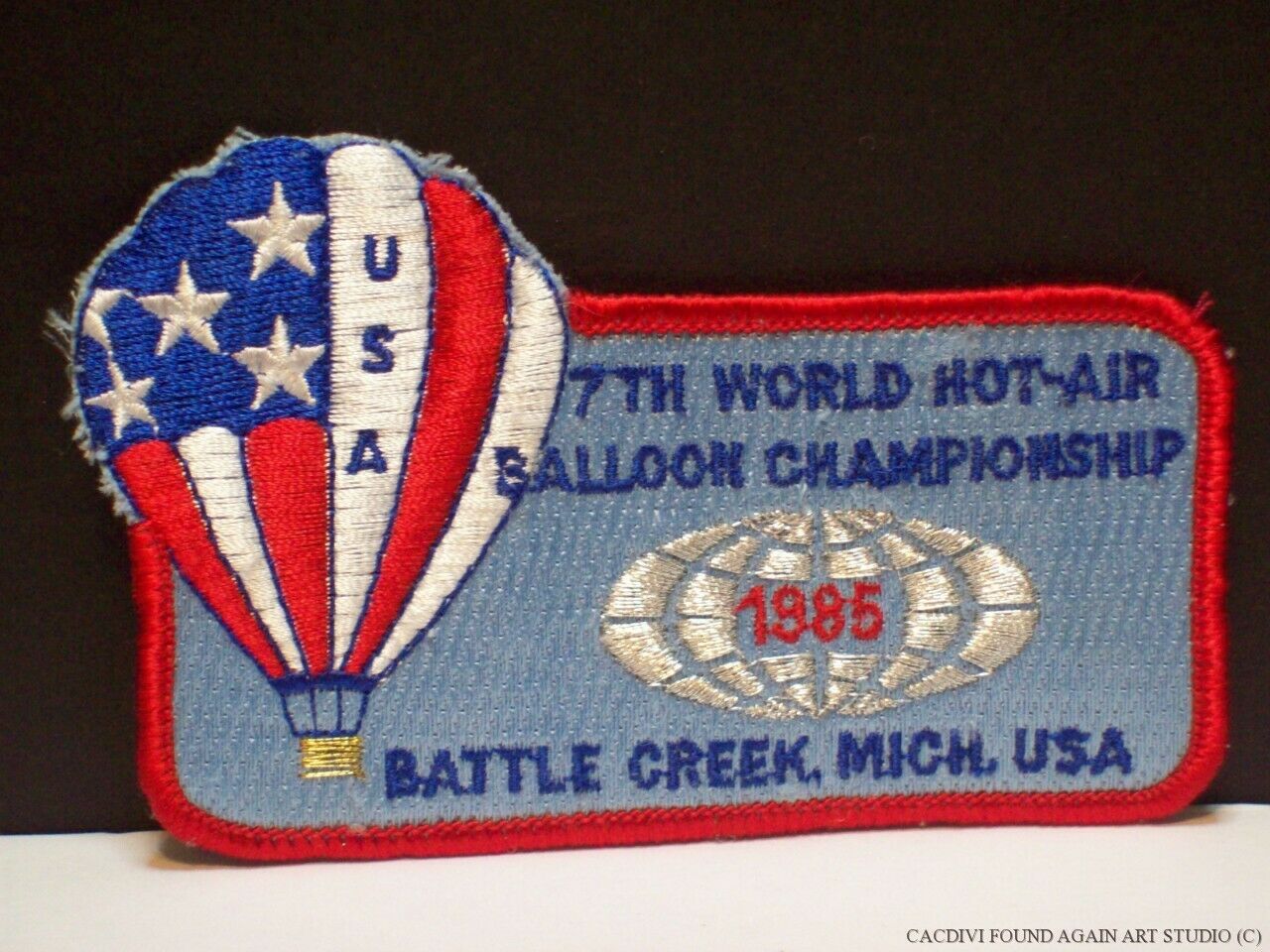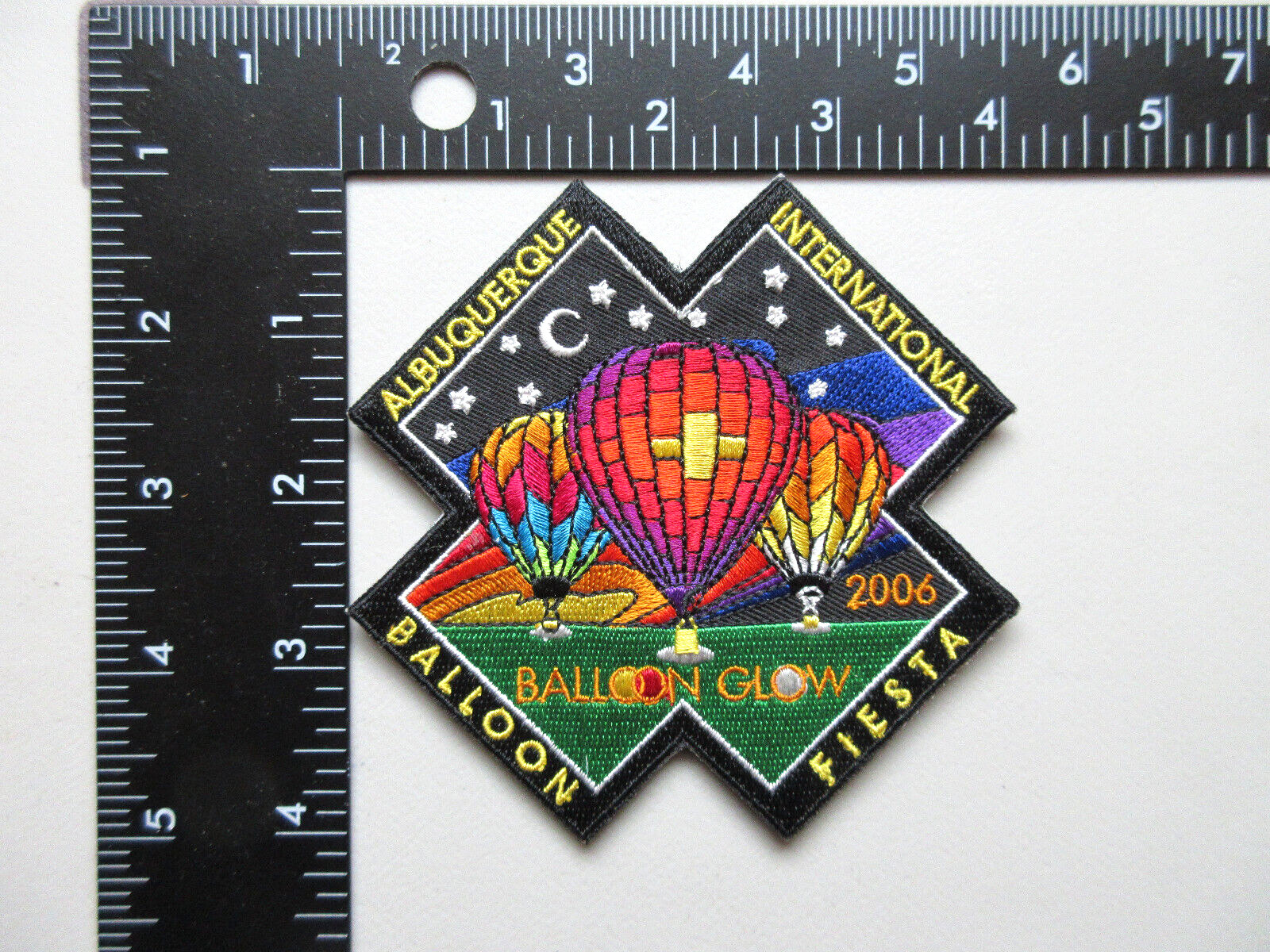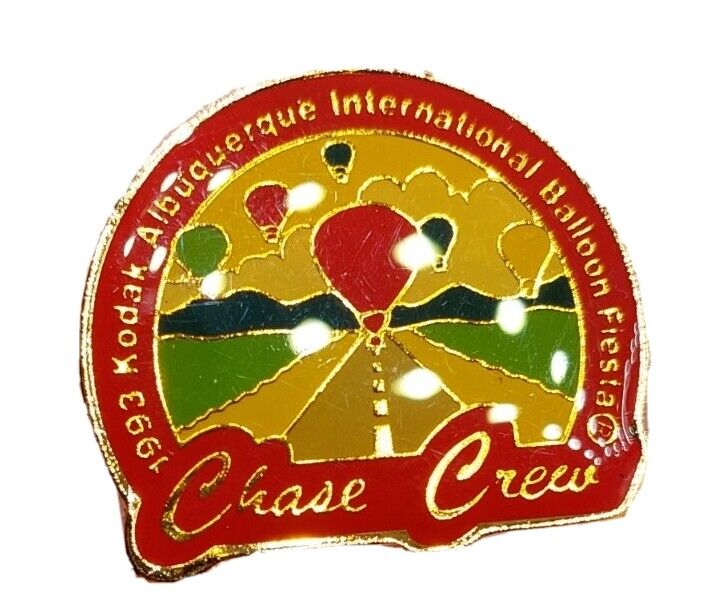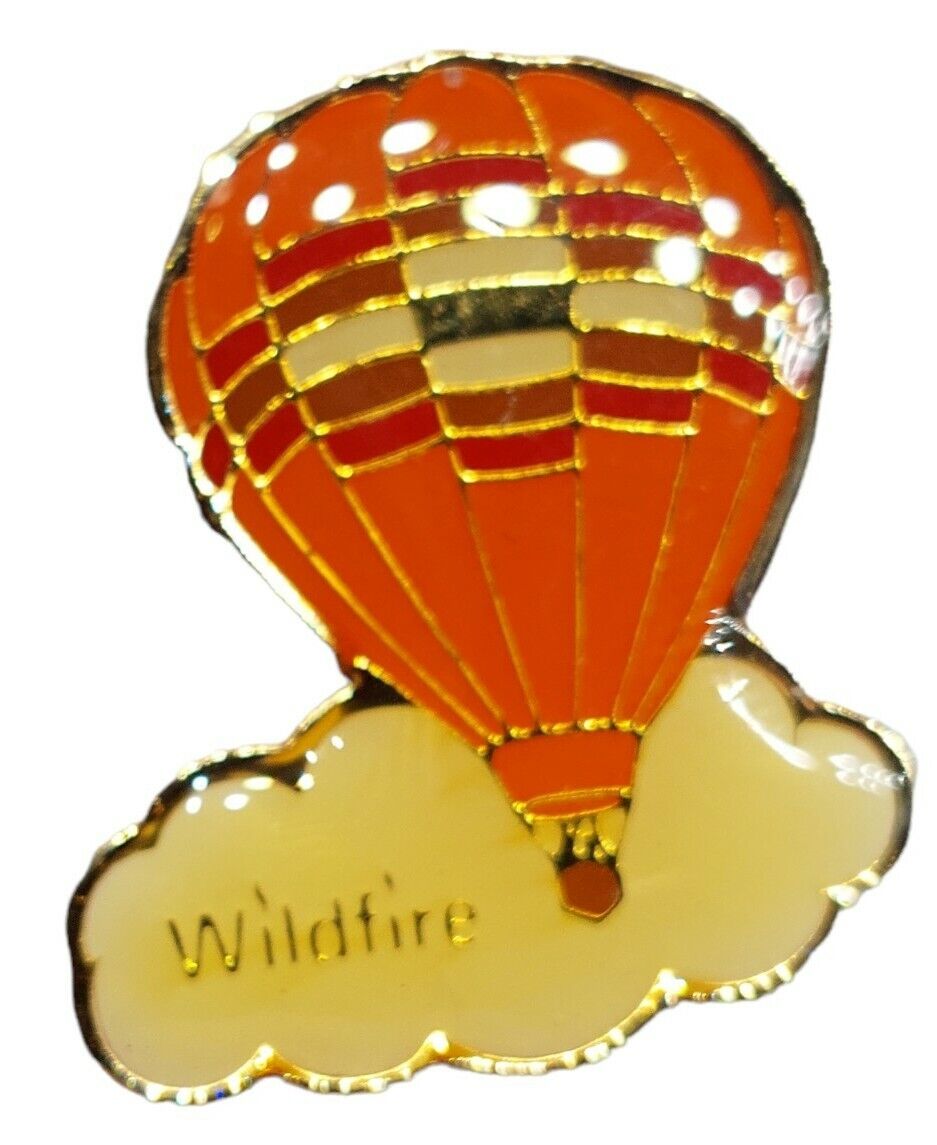-40%
1930 BRONZE MEDAL OF THE DISCOVERY OF ARTIC EXPLORER ANDREE'S BALLOON C-1792
$ 131.47
- Description
- Size Guide
Description
Listed below is a description of the ill fated Andree's Artic Balloon Exploration which ended in death for all 3 explorers from their 1897 Polar flight. This large 56mm medal was struck to commemorate him and his companions on their accidental discovery in 1930 along with all their equipment along with their journals and photographic records of their tragic adventure. No need for me to add to it. My medal is offered for less that what I think is is worth. See the scans. And it is rare with very few issued. The dotted line on the reverse shows their journey until their death on the ice. U.S. shipping is free. Paypal or your check.I am always open to offers on any of my listings. Just ask. Worst thing is I say no.
Andrée's Arctic balloon expedition
of 1897 was an effort to reach the
North Pole
in which all three Swedish expedition members –
S. A. Andrée
,
Knut Frænkel
, and
Nils Strindberg
– perished. Andrée, the first Swedish balloonist, proposed a voyage by
hydrogen balloon
from
Svalbard
to either Russia or Canada, which was to pass, with luck, straight over the North Pole on the way. The scheme was received with patriotic enthusiasm in
Sweden
, a northern nation that had fallen behind in the race for the North Pole.
Andrée ignored many early signs of the dangers associated with his balloon plan. Being able to steer the balloon to some extent was essential for a safe journey. But there was much evidence that the drag-rope steering technique he had invented was ineffective. Yet Andrée staked the fate of the expedition on drag ropes. Worse, the polar balloon
Örnen
(
Eagle
) was delivered directly to Svalbard from its manufacturer in Paris without being tested. When measurements showed it to be leaking more than expected, Andrée refused to acknowledge the alarming implications. Most modern students of the expedition see Andrée's optimism, faith in the power of technology, and disregard for the forces of nature as the main factors in the series of events that led to his death and those of Strindberg and Frænkel.
[1]
After Andrée, Strindberg, and Frænkel lifted off from Svalbard in July 1897, the balloon lost hydrogen quickly and crashed on the
pack ice
after only two days. The explorers were unhurt but faced a grueling trek back south across the drifting icescape. Inadequately clothed, equipped, and prepared, and shocked by the difficulty of the terrain, they did not make it to safety. As the
Arctic
winter closed in on them in October, the group ended up exhausted on the deserted
Kvitøya
(White Island) in Svalbard and died there. For 33 years the fate of the expedition remained one of the unsolved riddles of the Arctic. The chance discovery in 1930 of the expedition's last camp created a media sensation in Sweden, where the dead men had been mourned and idolized.
Andrée's motives have since been re-evaluated, along with assessing the role of the polar areas as the proving-ground of masculinity and patriotism. An early example is
Per Olof Sundman
's fictionalized bestseller novel of 1967,
The Flight of the Eagle
, which portrays Andrée as weak and cynical, at the mercy of his sponsors and the media. The verdict on Andrée by modern writers for virtually sacrificing the lives of his two younger companions varies in harshness, depending on whether he is seen as the manipulator or the victim of Swedish nationalist fervor around the turn of the 20th century.
[2]


